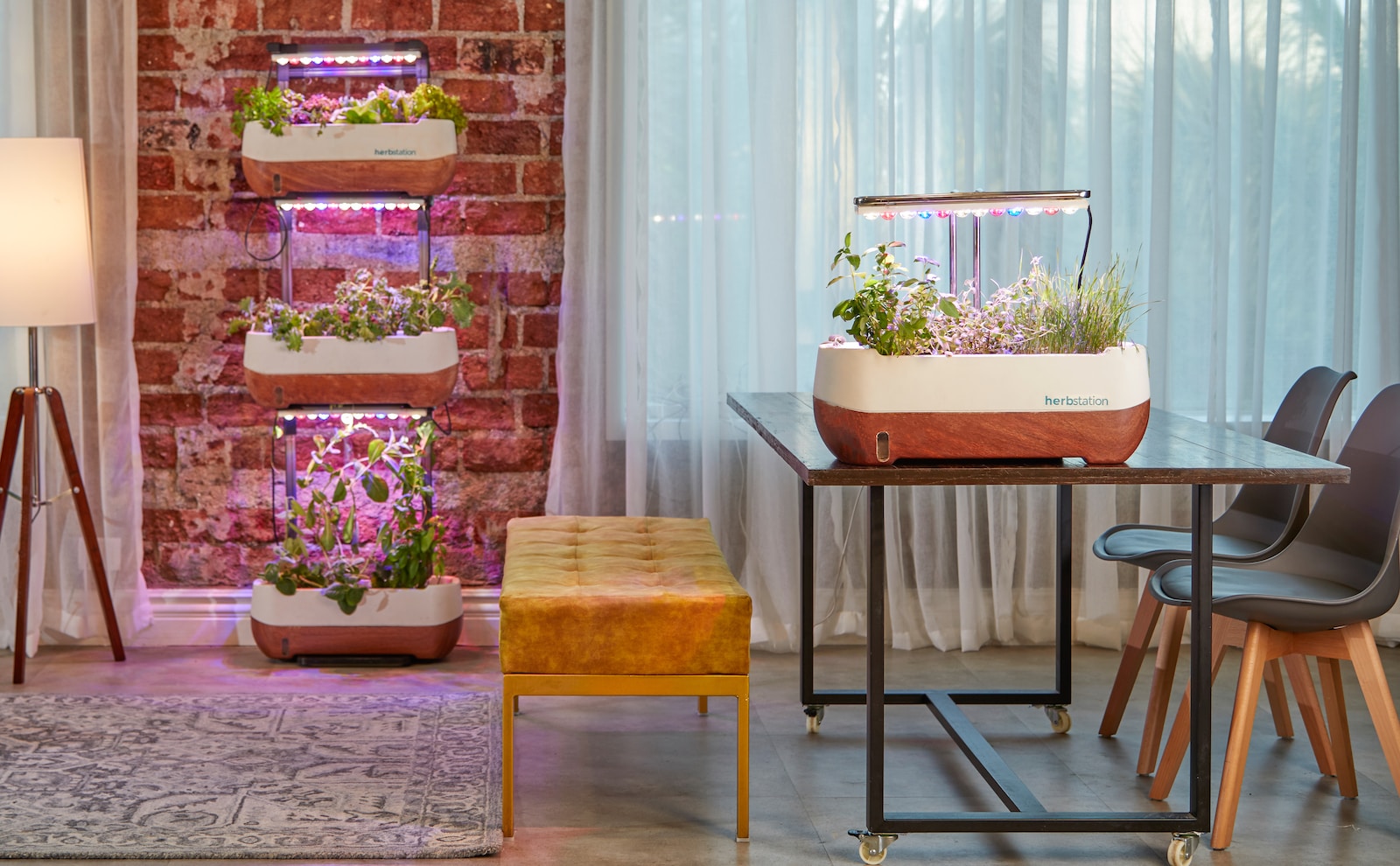Are you a passionate gardener who enjoys the beauty and grace of butterflies fluttering around your yard? Creating a butterfly haven in your own garden is a rewarding experience and a wonderful way to support these delicate creatures. To attract butterflies and provide them with a nurturing environment, one of the key steps is planting native plants.
In this article, we will explore the best native plants for butterflies, helping you transform your garden into a vibrant haven buzzing with these enchanting winged visitors.
Why Native Plants Matter
Native plants are those that naturally occur in a specific region without human introduction. These plants have co-evolved with local wildlife, including butterflies, over thousands of years. As a result, native plants offer the perfect blend of food and habitat for native butterflies, ensuring their survival and promoting biodiversity. Let’s check out some of the most important native plants for butterflies.
Milkweed (Asclepias spp.)
If there’s one plant that stands out as a must-have in any butterfly garden, it’s milkweed. As the primary host plant for monarch butterflies, milkweed plays a crucial role in their lifecycle. Monarch caterpillars feed exclusively on milkweed leaves, making milkweed an essential plant for their survival. In addition to monarchs, other butterfly species also benefit from milkweed nectar, attracting a diverse range of these colorful insects to your garden.
Coneflowers (Echinacea spp.)
Coneflowers are not only beautiful additions to your garden but also a magnet for butterflies. Their vibrant colors and prominent cone-shaped centers make them irresistible to these delicate creatures. Coneflowers provide nectar-rich flowers that sustain butterflies throughout their adult stage. They are particularly favored by species such as the painted lady and eastern tiger swallowtail, bringing a delightful display of fluttering wings to your outdoor space.
Joe-Pye Weed (Eutrochium spp.)
Joe-Pye weed is a tall perennial plant with clusters of fluffy pink or mauve flowers. This plant is highly attractive to a variety of butterflies, including the eastern tiger swallowtail, great spangled fritillary, and red-spotted purple. Joe-Pye weed not only provides nectar but also serves as a host plant for several species. Its impressive height makes it an eye-catching addition to the back of your flower beds or borders.
Black-Eyed Susan (Rudbeckia spp.)
Black-eyed Susans are cheerful, daisy-like flowers that brighten up any garden. These native plants are not only stunning but also a source of sustenance for butterflies. They produce abundant nectar, drawing in species like the American painted lady, eastern comma, and pearl crescent. Planting black-eyed Susans in your garden will not only attract butterflies but also add a burst of vibrant color to your landscape.
Butterfly Weed (Asclepias tuberosa)
Butterfly weed is a member of the milkweed family with many attractive qualities for monarchs. This perennial plant boasts brilliant orange flowers that butterflies find irresistible. Its nectar attracts various butterfly species, including the eastern tiger swallowtail and black swallowtail. As a bonus, butterfly weed is also a host plant for monarch caterpillars, providing a complete lifecycle habitat for these remarkable creatures.
Goldenrod (Solidago spp.)
Goldenrod often gets a bad reputation for causing allergies, but it is actually a fantastic plant for supporting butterfly populations. This perennial plant produces bright yellow flower clusters, which are rich in nectar and attract a wide range of butterfly species. Among the visitors you can expect are clouded sulfur, orange sulfur, and pearl crescent butterflies. Goldenrod is a hardy plant that can tolerate a variety of soil conditions, making it a versatile choice for your garden.
Let’s Help Support Butterflies
By incorporating native plants into your garden, you can create a haven that attracts and supports butterfly populations. Milkweed, coneflowers, Joe-Pye weed, black-eyed Susans, butterfly weed, and goldenrod are just a few examples of the many native plants that will entice these delicate creatures to visit your outdoor space. Remember to provide a variety of nectar-rich flowers and host plants to accommodate different butterfly species and their unique needs.
Transforming your garden into a butterfly haven not only adds natural beauty but also contributes to the conservation of these enchanting insects. So, grab your gardening gloves, dig in the soil, and get ready to welcome a fluttering symphony of butterflies to your own backyard.








